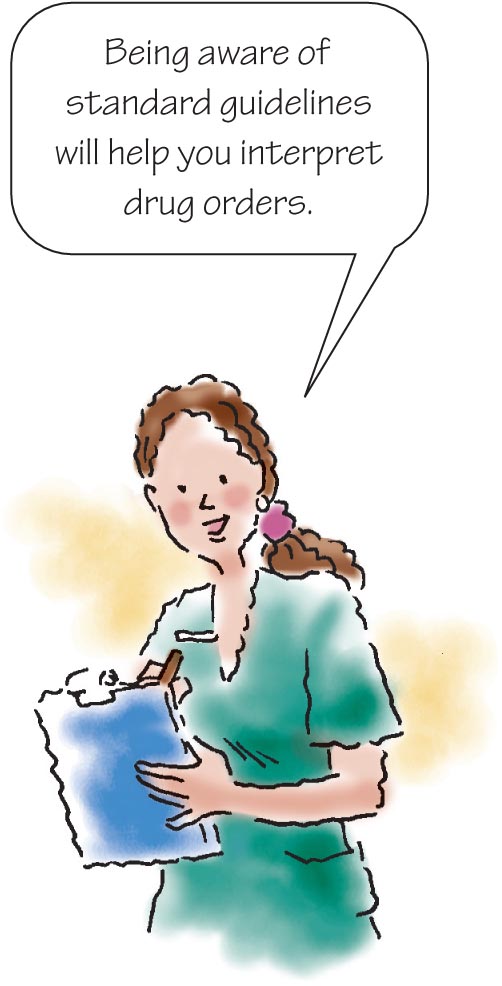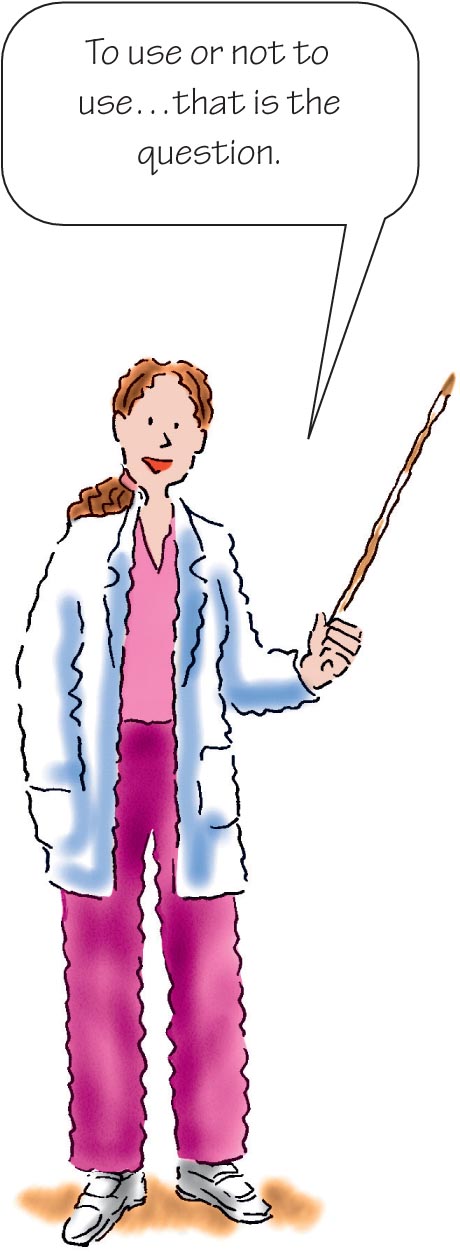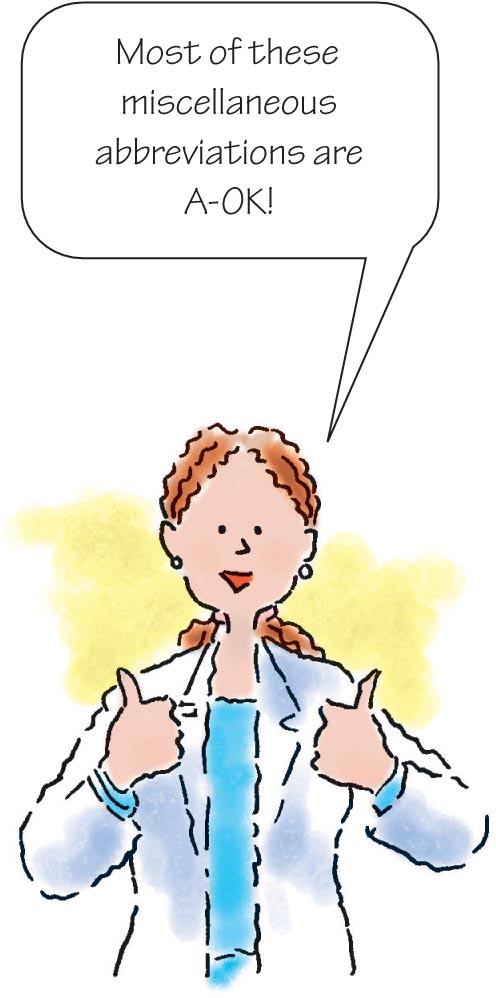Administering drugs is one of your most critical nursing responsibilities. It's also the area with the smallest margin for error. How can you prevent drug errors? The best way is by knowing how to read and correctly interpret drug orders. To do this, you need to understand what a drug order is and how it's used. A Licensed Independent Practitioner (LIP) is a healthcare professional who's licensed to prescribe drugs. A LIP can be a doctor (MD or DO), Nurse practitioner (APN, NP), or Physician's Assistant (PA). A LIP can generate a drug order in a couple of ways:
by writing an order on a prescription form and giving it directly to the patient (usually an outpatient method).
by entering the order into a secure computer system that transmits it to the pharmacy. It then gets verified by a pharmacist. Next, the drug order shows up on the patient's electronic medication administration record (MAR) as a drug to be given.
by writing the order on the drug order sheet in the patient's chart.
by faxing the order to a pharmacy (which saves time by preventing an order from staying in a patient's chart or computer until the chart or computer is checked, although the patient's confidentiality may be breached by this method).
Verbal communication of drug orders should be limited to urgent situations where immediate written or electronic communication is not feasible. If the LIP is unable to write the order in person, try to obtain the order by fax or email. That way there is concrete, written evidence of the order to refer back to. The Joint Commission guidelines for verbal orders are:
Talk directly to the LIP. Make sure not to accept a third-party transmission of a verbal order.
Write the order down. Read it back to the LIP for confirmation. The Joint Commission emphasizes this confirmation.
Make any corrections or additions needed. Make sure you remember to notify the LIP of any urgent matters such as allergies. Read back the final version to the LIP for confirmation.
Enter the final order into the patient's chart immediately. Sign the entry and include the date and time of the order. Make sure to follow the “Do Not Use” abbreviations in your transcription.
Verbal/telephone orders should be documented in the patient's medical record, reviewed, and countersigned by the prescriber as soon as possible following the institution's policy.

If a drug order sheet is used, the order sheet is located in the patient's chart. It must include all patient information, so it's usually stamped with the patient's admission data plate. If your facility is using computerized documentation system, the LIP will sign in with a computerized signature and place the drug order on a specific patient which gets transferred to the pharmacy for review. The pharmacy reviews and verifies the drug order which gets entered into the patient's MAR. When writing the order, the doctor includes:
date and time of the order.
name of the drug, either generic or trade.
dosage form in metric, apothecaries', or household measurement.
route of administration with approved abbreviation, such as P.O., I.M., I.V., P.R., or S.L.
time and frequency of drug administration.
restrictions or specific instructions related to the order.
LIP's signature, or name and code number in a computerized system (one signature, or name and code number, is sufficient after a group of orders).
LIP's DEA number–number registered to a healthcare provider by the Drug Enforcement Agency (DEA) allowing them to write drug orders for controlled drugs, if applicable.

Stand ard guidelines exist for writing drug orders. Being aware of these guidelines will help you interpret drug orders and prevent serious errors:
The generic name of a drug is written entirely in lowercase letters.
The trade or brand name of a drug begins with a capital letter.
Drug names should NOT be abbreviated to avoid errors.
Information is written down following a stand ard sequence: date and time of drug order first, then drug name, dose, administration route, and lastly time and frequency of administration.
Stand ard abbreviations are used to describe drug measurements, dosages, routes and times of administration, and related terms. The Joint Commission requires every healthcare facility to develop a list of approved abbreviations for staff use. (See Stand ard abbreviations.)
However, The Joint Commission has also developed a “Do not use” list of abbreviations known for causing medication errors. See Chapter 9, for more information on this list.
Remember that abbreviations can be easily misinterpreted, especially if they're written or entered into a computer carelessly or quickly. If an abbreviation seems unusual or doesn't make sense to you, contact the LIP for clarification. Then, clearly write the correct term in your revision and transcription or have the LIP correct the abbreviation in the computer.



Marching in time (military time, that is)
Some LIP's and health care facilities require pharmacologic orders and medication administration records to be written and transcribed in military time. For example, an order might read Lasix 40 mg I.V. b.i.d. at 0900 and 2100 hours. (See Military time.)
Simply confusing or confusingly simple?
Military time might seem confusing at first, but it's actually simple to use. This method of time is based on a 24-hour system. Here's how it works:
To write single-digit times from 1:00 a.m. to 9:59 a.m., put a zero before the times and remove the colon. For example, 1:00 a.m. is written 0100 hours.
To write double-digit times from 10:00 a.m. to 12:59 p.m., just remove the colon. For example, 11:00 a.m. becomes 1100 hours.
The minutes after the hour remain the same. For example, 4:45 a.m. becomes 0445 hours.
To write times from 1:00 p.m. to 12 midnight, simply add 1200 to the hour and remove the colon. For example, 1:00 p.m. becomes 1300 hours (1:00 + 12:00); 3:30 p.m. becomes 1530 hours (3:30 + 12:00); and 12:00 a.m. (midnight) becomes 2400 hours (12:00 + 12:00).
To write the minutes between 12:01 a.m. and 12:59 a.m., start over with zero. For example, 12:33 a.m. becomes 0033 hours.